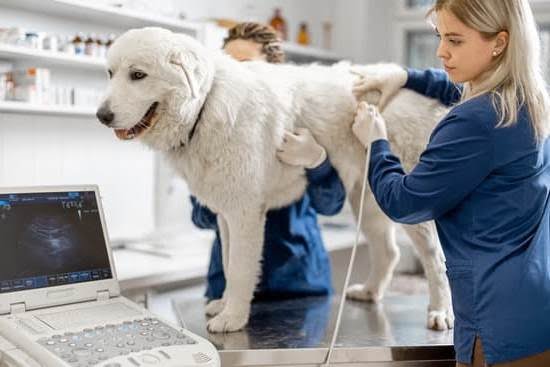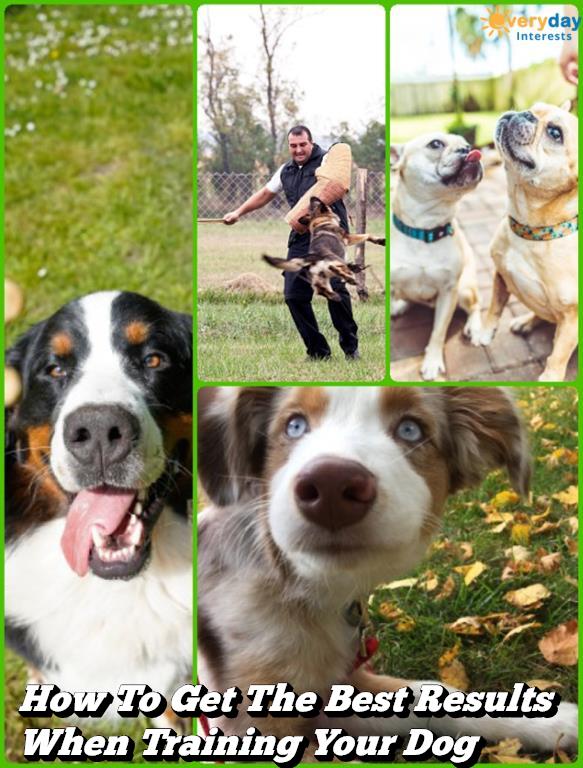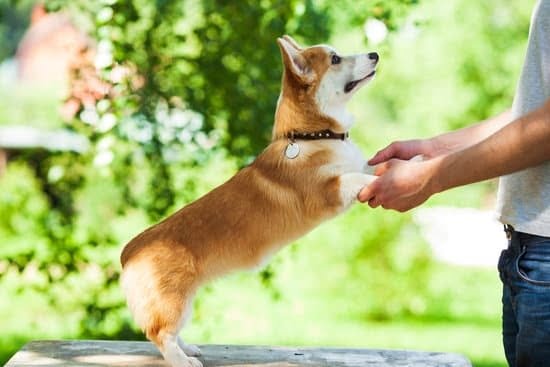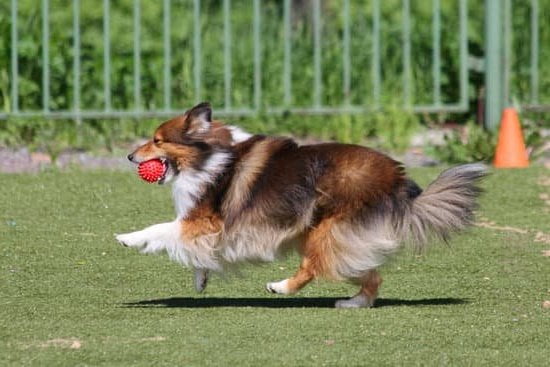Introduction
Training your dog can be a great way to build a trusting relationship between you and your pet. It’s also been shown to have benefits for the overall health and wellbeing of your dog: it helps reduce unruly behaviors, sharpens their senses and skills, encourages socialization by allowing them to interact with other animals and humans in safe, controlled environments, and serves as a key educational tool that prepares them for adulthood.
When training your dog, there are generally two main methods: positive reinforcement (reward-based) or negative reinforcement (correction-based). Positive reinforcement revolves around rewarding good behaviors with treats and verbal praise so your pet learns the behaviors that you want. Negative reinforcement negative is focused on discouraging undesired behaviors through chastisement or withholding rewards so they learn what behavior you do not desire. Ultimately, while each method can be effective depending on the individual animal and their temperament, positive reinforcement is often regarded as the safest route as it poses less risk of resentment or fear.
It’s also important to ensure that you always use consistent praise and commands when giving instruction. Dogs essentially need ‘structure’ in order to understand how they should act – and repetition will help them better comprehend what is expected of them without being confused by repeated changes in rules. Finally, dog owners should remember that patience is key! Training requires patience because it takes time for a canine companion to comprehend things like commands; however, it won’t take long before you can enjoy the more playful side of your pup with newly ingrained habits!
Getting to Know Your Dog
Dog training best practices require that you understand and respect the individual needs of your dog. This means taking into account the breeds, temperaments, and needs of your pet. Each dog is unique and should be trained according to his or her specific needs. Sending a Golden Retriever puppy to obedience school may be ideal, while a Shih Tzu might be better suited for something more relaxed with an emphasis on positive reinforcements such as treats and praise.
It is also important to pay attention to the individual temperament of your pet. Certain dogs are high energy requiring a lot of physical activity and mental stimulation; other dogs may prefer a more calm environment with less barking or movement from others around them. Knowing what kind of environment your dog prefers can help you create an effective learning atmosphere, as well as helping you hone in on their triggers that can cause certain behavioural responses or reactions.
Finally, knowing and understanding your dog’s needs is an essential part of training. Noticing when they need food, water, rest, exercise or even just some affection can help ensure optimal performance in all other aspects training efforts. Additionally, looking for signs like excessive panting, tail tucking or hiding are telltale signs that something is wrong and adjustments should be made accordingly. Taking the time to pay attention to these nuances will ensure proper best practices in terms of training which leads to better understanding between human and canine companionship.
Establishing Goals and Expectations
It is essential to set clear goals and expectations in order to achieve successful results with dog training. This means that it is important to not only decide what behaviors you want your dog to learn or perform, but also how quickly you expect those behaviors to improve or be mastered. Additionally, it is essential to define controls, rewards and positive reinforcement strategies that will motivate your pup so they understand the desired result clearly.
Controls refer to putting your dog into a specific position in which you can give clear cues and easily follow up with rewards and reinforcements when he responds correctly. For example, you could start with teaching him simple commands such as sit or stay by having him sit on cue every time and then rewarding him for it provides clarity on what behavior is expected of him. Rewards then promote the good behavior desired and allow for reinforcement of this type of behavior whenever the command is given. Lastly, positive reinforcements such as treats and praise should be provided when the pup performs desired behavior correctly in order to solidify understanding from them.
Creating A Positive Training Environment
Creating a positive training environment is an essential part of dog training. While some owners may be tempted to just let their dog run free, not establishing structure and direction can be detrimental both in regards to short-term behaviors as well as long-term relationships.
Boundaries are important during the training process – too much freedom allows for confusion and chaos that can make progress harder to obtain. That does not mean dogs must be treated harshly or without compassion however; on the contrary, setting clear expectations should be done with gentle guidance rather than punitive measures so that the bond between owner and pup remains strong through the duration of the classes.
Developing positive interaction habits between pet and guardian is also key. Using treats or praise as rewards (instead of verbal reprimands) will create a more enjoyable experience for all involved and ensure that progress continues in a steady fashion. Additionally, making sure goals are achievable while still challenging promotes interest kept enthusiasm on both sides throughout the duration of the classes.
Basic Training
When it comes to basic dog training, housebreaking and teaching basic commands are the foundations. To be a successful pet parent, you need to set boundaries that your pup can understand. Using positive reinforcement and consistency can help your pup quickly learn, understand and respect the rules.
To start housebreaking, take your pup outside every few hours and always after getting up in the morning or after meals. You should also take him out after playing or any changes in environment. When he eliminates outdoors reward him with treats and praise so he learns that going outside is desirable behavior.
Once your pup is successfully potty-trained, it’s time to focus on basic obedience commands. Start with teaching “sit” as this is quite easy for pups to understand. Rewarding with treats whenever your pup does what you want will reinforce good behaviors and eventually allow you to phase out rewards over time as he understands the command better. Other commands such as stay, come, off and down can be taught in a similar manner – by providing reward when your pup complies with the command correctly.
Once basics have been mastered, more advanced commands like heel can be taught but they require more patience and skill from both the pet parent and pup due to the complexity of these kinds of commands. Additionally, providing distractions such as toys or other pets during training sessions will help strengthen your pup’s response when practicing in various different environments because he begins associating certain commands with particular settings or scenarios
Correcting Unwanted Behaviors
One of the main goals of dog training is to teach your pup to exhibit behaviors that are desirable and to minimize behaviors that may be unwanted. When it comes to correcting unwanted behavior, there are different tactics and techniques you can use depending on the situation. Before attempting to modify any habits, it is important to understand why a particular behavior is occurring in the first place.
If fear or anxiety may be influencing the dog’s behavior, then using positive reinforcement techniques such as reward-based training may help in shaping the desired behavior. This type of training rewards the dog with a treat each time they perform the correct action, which helps reinforce their understanding faster. If distractions such as loud noises or sudden movements are causing an undesirable outcome, then employing desensitization methods can reduce their anticipatory stress response. During this technique, gradually introduce items that evoke fearful reactions at a low intensity level and increase them gradually over time until your pup no longer gets scared by them.
In cases of aggression towards other animals or people, positive reinforcement should only be used if done in conjunction with management strategies that prevent these aggressive incidents from happening. Examples include confinement or physical barriers such as muzzles or leashes where leash corrections can be applied with minimum force if needed. In addition, teaching alternative commands such as ‘sit’ or ‘down’ when under excitement may help redirect their attention and decrease the chance for aggressive behavior to occur in high arousal situations.
Making Training Fun
When training a dog, it is important to make the activity enjoyable for your pup. If the activity feels like work, or something they don’t enjoy doing, they will not be motivated. Here are some different games and activities you can incorporate into your training that will help make the process more fun for everyone involved:
1. Hide and Seek – Hide treats around the house for your pup to look for. This mental challenge combines basic obedience with problem solving.
2. Play Fetch – Use interactive toys such as tennis balls, tug ropes or agility poles to engage in a game of fetch with your pup. This is a great way to introduce them to cognitive learning in a fun environment.
3. Obstacle Course Challenge – Create an obstacle course in your home or yard by setting up chairs, buckets, blankets, etc., to give your pup an obstacle-style challenge he can conquer! This is also a great way to perfect his body awareness while having fun!
4. Puzzle Toys– Similar to hide and seek but using specially designed puzzles and toys will keep their minds engaged while providing lots of entertainment value.
5. Games of Tag – Get down on all fours and let instinct take over! Play tag with your pup by allowing them to chase you as you move around in circles through the house or outdoors in the garden! Be sure not break out into too much of a run so that you can be sure your pet isn’t overexerting himself—just have silly but purposeful fun together!
Conclusion
Dog training is a process and requires commitment, patience, and understanding. It is best to start with positive rewards like treats or verbal praise when trying to teach a new behavior. Using negative reinforcement should be avoided since it can lead to fear-based responses that do not promote trust between the owner and the dog. Above all else, consistency is key in successfully training your dog – make sure commands remain clear and consistent, no matter who is present during the training sessions. With patience and dedication you can build an unbreakable bond with your furry companion through effective training techniques.

Welcome to the blog! I am a professional dog trainer and have been working with dogs for many years. In this blog, I will be discussing various topics related to dog training, including tips, tricks, and advice. I hope you find this information helpful and informative. Thanks for reading!





